Author: sp15 (US server)
The list of previous parts is at the bottom of the article.
At the point where we finished with the last part of the Swedish series, it was 1961 – five years after the original idea for the Swedish turretless tank was put forward and three years after it entered serious development. Now, it’s time to continue with the rest of the story.
History
In 1961, the first 2 prototypes for the S-tank project were constructed – these would be called S1 and S2 and were the first proper test vehicles for the S-tank concept. The first prototype (S1) was little more than a test-bed for the hydraulic suspension and commander’s cupola, it was powered by an electric generator and was used to test aiming of the hull and the observation from the commander’s cupola. The second (S2) prototype was however much more impressive, it had complete superstructure, based on the 1961 mock up and it also for the first time had the major components such as suspension, autoloader, drivetrain and engine together.
S1 prototype and the 1961 mock-up
The S2 prototype was finished sometime in late 1962 and continued the tests started with the S1. In addition, these tests the vehicle was used for included the drivetrain and the autoloader. While the autoloader generally proved to be a good and solid design, the drivetrain and in particular the engine turned out to be a major problem. The use of a combined diesel engine and gas turbine was decided since 1959 and Volvo was tasked with their development and implementation into the tank, but as the first test results came in, it became clear that some serious improvements were needed – in fact, it was found that the tank could go through several engine packs in under a week. These problems wouldn’t be truly resolved until the later versions of the pre-production models.
S2 prototype in 1962 with equipment for swimming
S2 prototype today
Also in 1962, the tank was for the first time shown to the world in the form of the S2 prototype. It drew major attention with its low turretless design and everyone from France to the US lined up to get a better look at the tank and test it. The interest went as far as the US president John F. Kennedy asking about it and receiving a report on the US Army’s thoughts on the vehicle. The US report on the S-tank was for the most part accurate, the tank had been designed from the ground up for a type of defensive ambush warfare, that was more typical for tank destroyers and therefore it was considered as a tank destroyer in the USA.
In 1963, a batch of pre-production vehicles was built. It was called the 0-series and would more closely resemble the planned production version. These were used for series of tests of everything – from different engine options to trials with built-in dozer blades and different types of armament. Pherhaps most important was that they were used for tests, involving collaboration with infantry and other units. As a part of these tests, the armament was changed from the British L7 gun to a longer version of it, which offered higher muzzle velocity and penetration. In addition, the commander’s cupola was developed into one of the best designs in the world, which has proven itself since by outperforming everything from the Leopard 1 and Centurion to the Chieftain and in one case, even the Leopard 2 in various tests around the world.
Preproduction vehicles being refilled with hydraulic oil after testing
The only major difference between the pre-production models and the final production version was the older design of commander’s cupola and the lack of ribbed armor. As a part of the testing of the 0-series, there was a research into how to improve the frontal armor. Originally the armor was 40mm thick, but tests were being made with 50mm plates as well as a new type of “ribbed” armor.
It was found that this “ribbed” armor, consisting of 40mm tall and 30mm wide metal bars welded onto a 40mm plate, was much less prone to deforming and as a bonus, these ribs added a sort of spaced armor effect, where a round was much less likely to penetrate the main armor plate. On the production version, these plates were used for the front of the vehicle to cover the engine compartment.
The armor of the S-tank
Unlike a lot of other vehicles, the S-tank has a very complicated armor layout, which was possible thanks to its turretless design. The hull front of the vehicle is sloped at such an angle that it will automatically ricochet incoming rounds of 10,5cm caliber. It is however only 40mm thick with the exception of the parts covered by the ribbed armor. This means that (in WoT at least) a 120mm shell will overmatch the frontal armor and penetrate it. I’m not certain if the 30-40mm thick spaced ribbed armor would help against this, so I wouldn’t expect the armor to be the tank’s strength in Wot. In real life however, it would have faced soviet 10-11,5cm guns and for that role, it was sufficient for long. The side armor of the tank is divided into two sections – the inner 30mm thick vertical plate on the inside of the tracks makes up the main part of the side armor, but it is covered by another 30mm thick plate above the tracks. This means that most of the side of the tank acts as spaced armor and has no vital modules in it, except for the fuel tank. The rest is mainly air intakes and exhaust for the engine and space for the machineguns. The rear of the tank is 30mm thick as well, with 18mm of armor for the upper sloped armor and hull roof. In addition to the basic armor, a 30mm thick dozer blade could be mounted on the lower plate to increase the protection and add engineering capabilities. On the Strv 103 model B, storage boxes were added to the rear of the tank. In addition to all this, there was an option to mount standoff armor of the “fence” type, that would prematurely detonate HEAT rounds.
The “fence” armor being applied to the front of the tank. This armor was actually a secret up to 1992.
In late 1964, after it became clear that the tank had achieved the most important requirements placed on it, the decision was taken to place an order for the production version. The first production batch included 70 vehicles with the first entering service in 1967 under the designation Strv 103a. In 1970, another batch of 220 vehicles followed, this time with modifications made as a result of the testing with the 0-series. The most important change was in the gas turbine: the 0-series and Strv 103a had both been equipped with the Boeing 502 (300hp) gas turbine, which had been found underpowered. In the Strv 103b, Boeing 502 was replaced with the Caterpillar 553 (490hp), which, combined with the Rolls-Royce K60 diesel engine, produced 730hp, giving the tank the power to weight ratio of 18hp/t. The Strv 103b also introduced the built-in swimming equipment and the dozer blade to the production model. More importantly for Wot however, a laser sight was introduced, which means that the Strv 103b is outside of the Wot timeline. Because of this, I propose to introduce the Strv 103a with an option to research the upgraded engine instead of the Strv 103b.
After the production of the Strv 103b, the tank stayed in service pretty much unchanged until the mid-1980s, when it was once again upgraded, this time to Strv 103c. The main changes included an engine change, modifications to the gearbox, the addition of new rubber tracks and the introduction of dozer blades on every tank instead of every third tank. In this configuration, the tank served with the Swedish army until 2001, when it was finally retired.
Strv 103c
There were however a few interesting experiments with the tank before it was retired. These included a version with additional reactive armour and one tank was even tested as a completely remotely controlled tank. Ultimately, these experiments proved too costly and with the army reduction after the fall of the Soviet Union, the tank was simply decommissioned in favour of a few hundred Leopard 2 tanks.
Experimental Strv 103 with equipment for remote control
Strv 103d with reactive armor
Strv 103 in service
During the time it served with the Swedish army, the S-tank was generally a well liked vehicle. Crews liked the low profile, good observation capability and good frontal protection. The S-tank did however suffer from a series of problems, such as hydraulic leaks and engine issues when it was introduced and many of these were not fixed until the introduction of the C model. The tank was also problematic when it came to fuel consumption due to the use of a gas turbine and diesel engine combination. However, the vehicle had unique advantages, such as its autoloader, that could fire up to 20 rounds a minute from a 50 round magazine. The tank actually proved to be influential around the world and probably inspired Japanese, American and German designers, who incorporated similar hydraulic suspension into the MBT/KPZ70 and Type 74. Even the Israeli Merkava tank was inspired by the S-tank during its development in late 1960s-70s. In particular, the frontal engine placement was influential, as it provided extra crew protection. Sven Berge, the engineer behind the S-tank, was in contact with Israeli General Tal, who was in charge of Merkava development since 1960s.
In 1993, Sven Berge visited Lantrun armor museum and here, he (on the right) can be seen inspecting the Merkava test-bed with an Israeli officer
In the end, it’s hard to say whether the S-tank really was a good tank, it had its unique set of advantages but also disadvantages and it certainly wasn’t able to replace the Centurion in Swedish service, as originally planned. The S-tank proved to be an evolution dead end thanks to the unforseen rapid development of fire on the move capability and the development of rounds capable of ignoring the sloping of armor, but in other aspects, such as the autoloader, suspension, observation and the gas turbine engine, it proved to be a very innovative and good design.
The S-tank in Wot
I’m sorry, but this article is already long enough as it is. I will make a separate article dedicated to proposing and explaining how and why the S-tank would work in World of Tanks.
Characteristics – Strv 103b & Strv 103c excluded as they are too new for WoT
Strv 103a
Combat weight: 37 t
Length: 6,9m (excluding gun)
Length: 8.8m (including gun)
Width: 3,3m
Height: 2.15m
Ammo: 50 rounds
Crew: (commander, gunner/driver, rear driver/radio operator)
Armour (front upper): 40mm at 78° (Autobounce)
Armour (front lower): 40mm at 72° (Autobounce)
Armour (side upper): 30mm + 10mm
Armour (side lower): 30mm + 20mm
Armour (rear): 30mm
Elevation/depression: +12/-10
Speed: 55kph
Engine: Rolls Royce K60 & Boeing 502-10MA (540hp), Engine: Rolls Royce K60 & Boeing 502-10MA (540hp), Rolls Royce K60 & Caterpillar 553 (730hp)
Suspension: Strv 103A – Production
Radio: Ra 420
Main armament: 10,5cm L74
Source(s):
http://www.ointres.se/strv_103.htm
http://www.ointres.se/latrun.htm
http://www.foreningen-stridsvagns.se/e1 … allery.php?
http://tanks.mod16.org/2013/11/21/strv- … -0-serien/
http://i.imgur.com/bMfYmN9.png
http://i.imgur.com/NGFrxiv.png
http://i.imgur.com/fWh1vuD.png
http://www.ointres.se/anmalan_om_svensk_uppfinning.htm
Part I: http://ftr.wot-news.com/2014/03/07/swedish-tanks-part-i-strv-m21-29/
Part II: http://ftr.wot-news.com/2014/03/12/swedish-tanks-part-ii-strv-m31-strv-fm31/
Part III: http://ftr.wot-news.com/2014/03/15/swedish-tanks-part-iii-landsverk-l-100-and-l-120/
Part IV: http://ftr.wot-news.com/2014/03/21/swedish-tanks-part-iv-landsverk-l-60/
Part V: http://ftr.wot-news.com/2014/03/27/swedish-tanks-part-v-strv-m37-and-strv-m41/
Part VI: http://ftr.wot-news.com/2014/04/08/swedish-tanks-part-vi-sav-m43/
Part VII: http://ftr.wot-news.com/2014/04/18/swedish-tanks-part-vii-strv-m42/
Part VIII: http://ftr.wot-news.com/2014/05/08/swedish-tanks-part-viii-pvkv-m43/
Part IX: http://ftr.wot-news.com/2014/05/12/swedish-tanks-part-ix-tlp-46-and-strv-leo
Part X: http://ftr.wot-news.com/2014/05/15/swedish-tanks-part-x-strv-lansen/
Part XI: http://ftr.wot-news.com/2014/05/17/swedish-tanks-part-xi-ls-50/
Part XII: http://ftr.wot-news.com/2014/06/01/swedish-tanks-part-xii-emil-1951/
Part XIII: http://ftr.wot-news.com/2014/07/15/swedish-tanks-part-xii-emil-1952-1958/
Part XIV: http://ftr.wot-news.com/2014/07/23/swedish-tanks-part-xiv-strv-81/
Part XV: http://ftr.wot-news.com/2014/08/06/swedish-tanks-part-xv-strv-a-strv-t-strv-k/
Part XVI: http://ftr.wot-news.com/2014/08/13/swedish-tanks-part-xvi-the-s-tank-1956-1961/



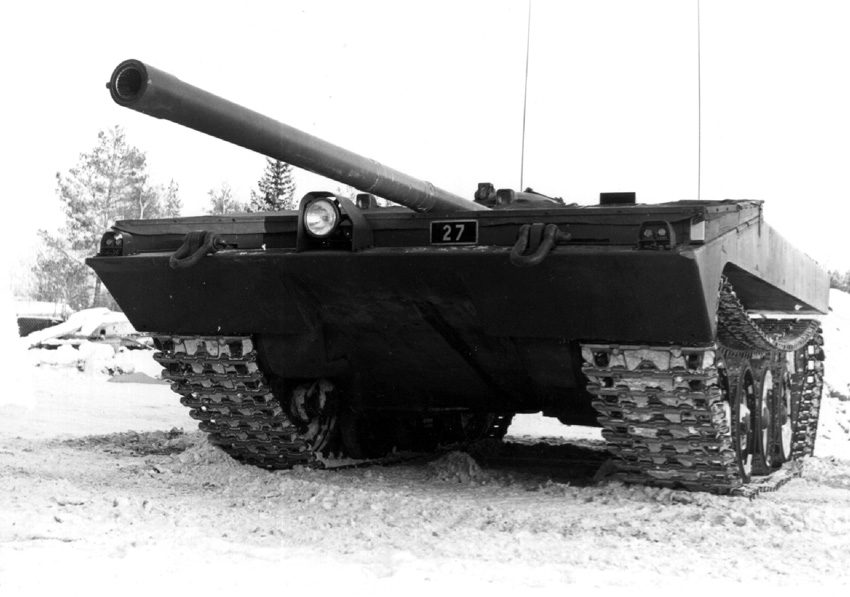
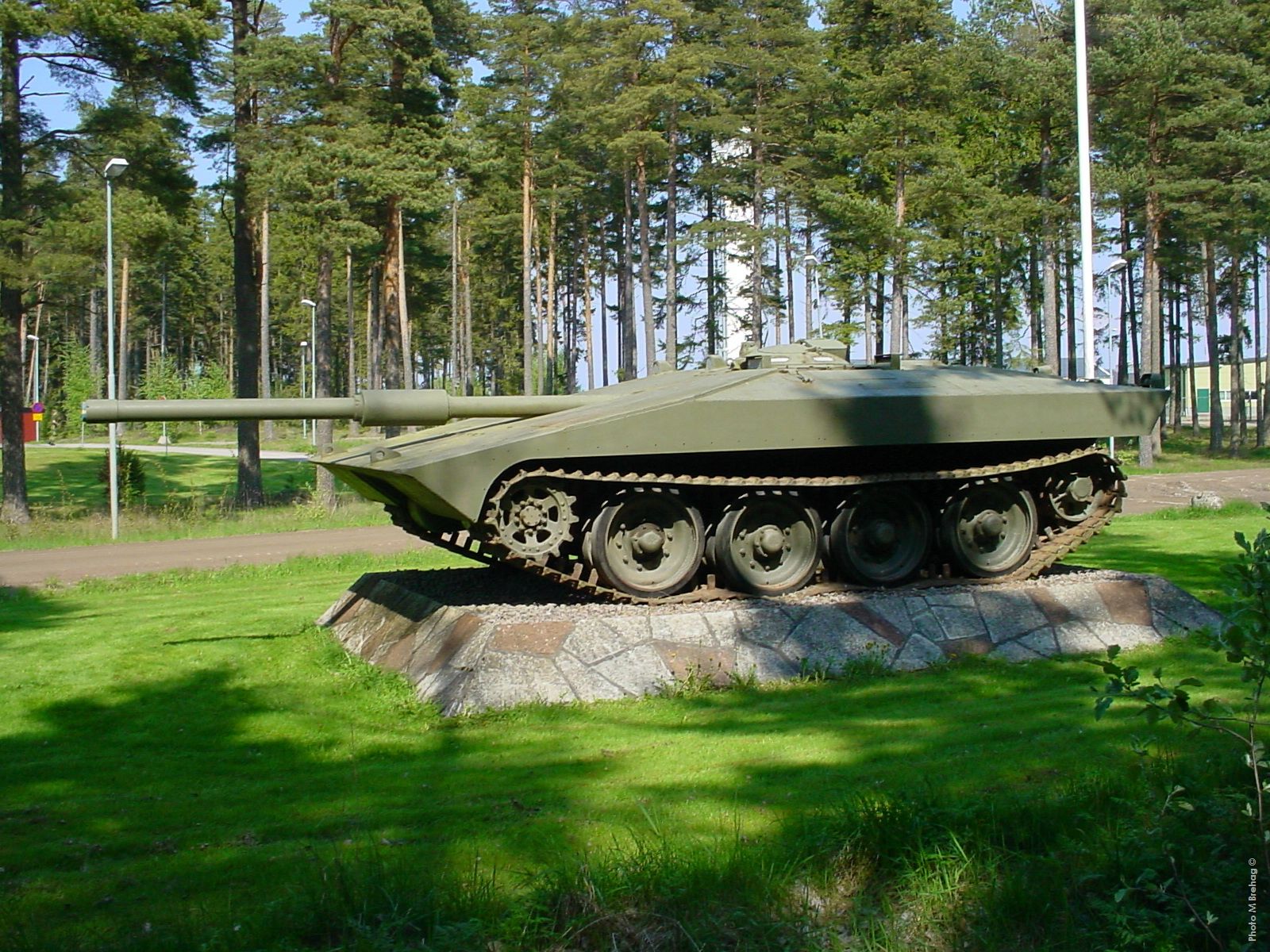
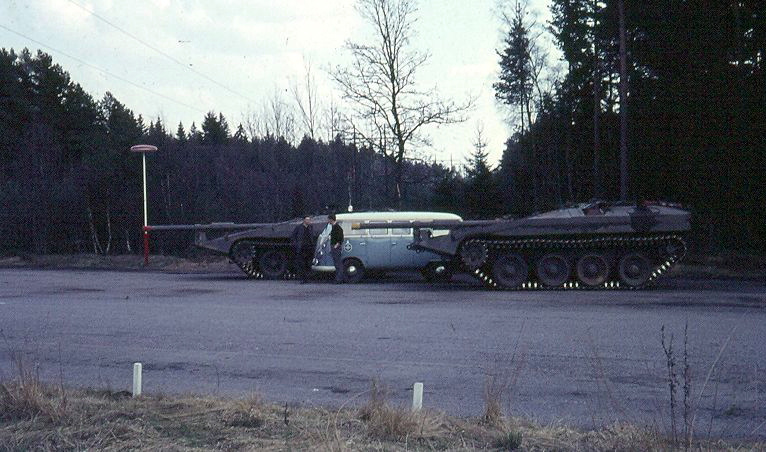
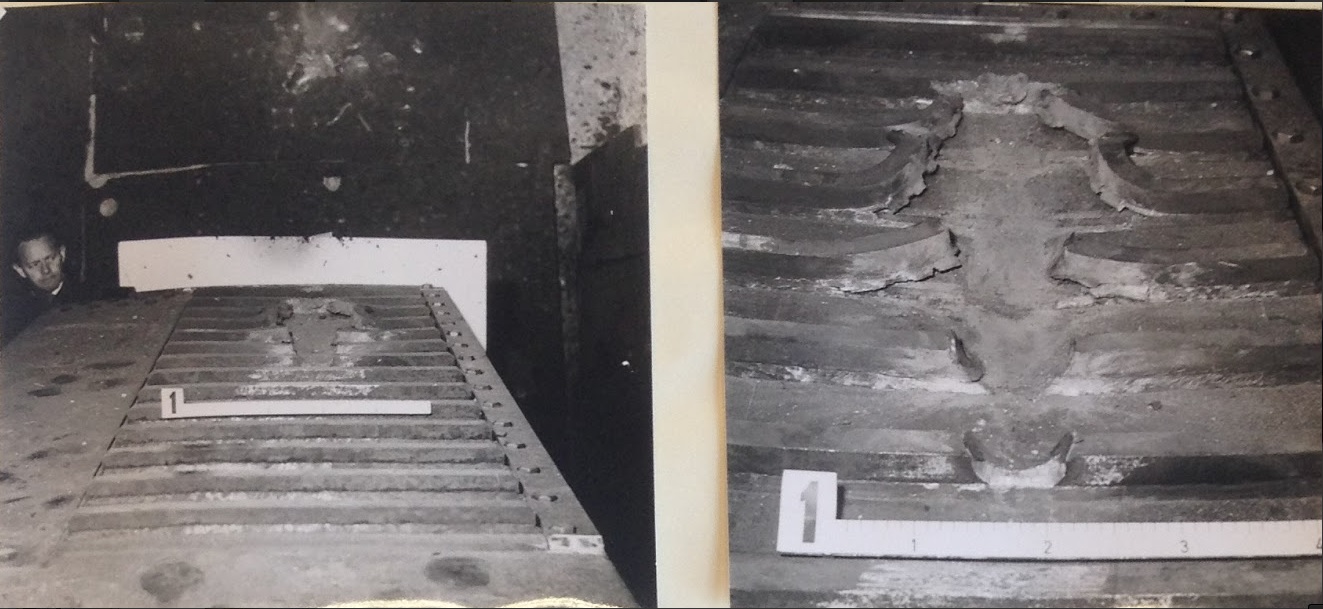
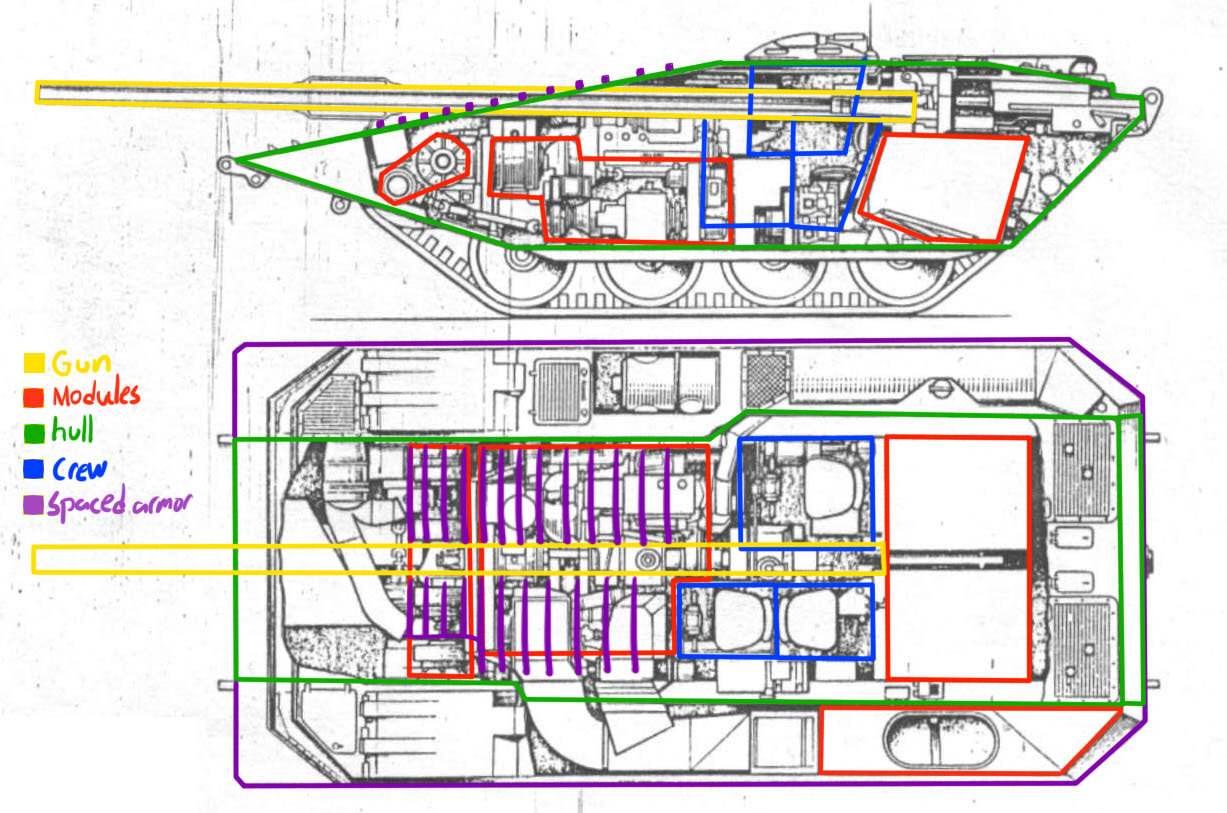
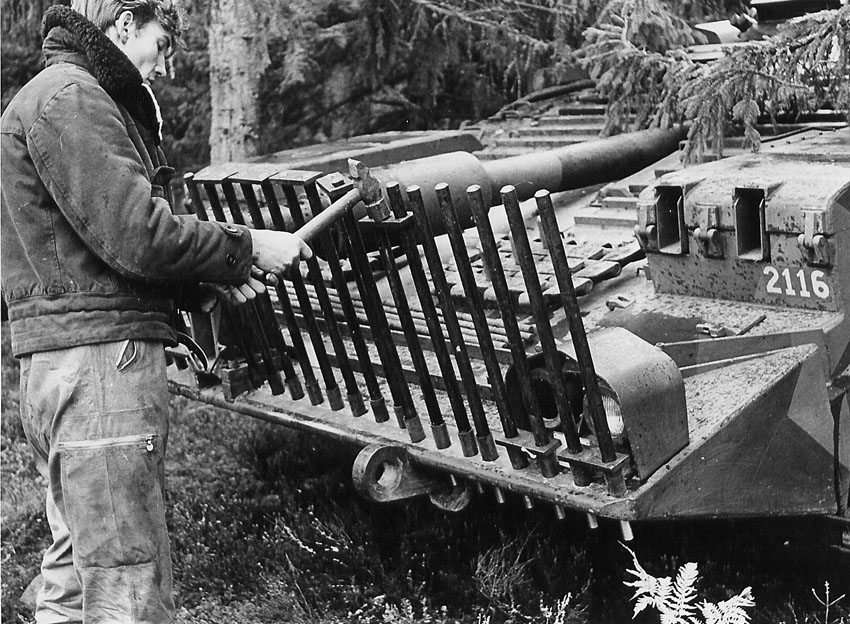
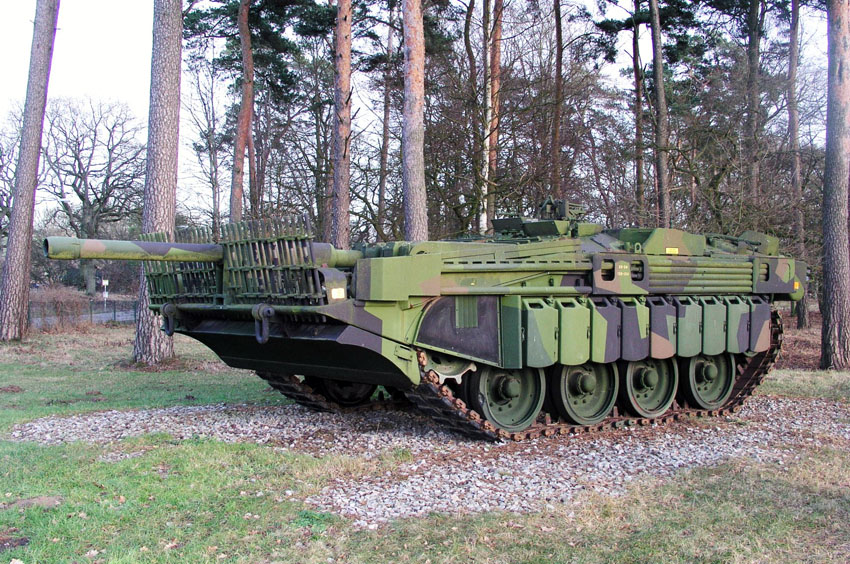
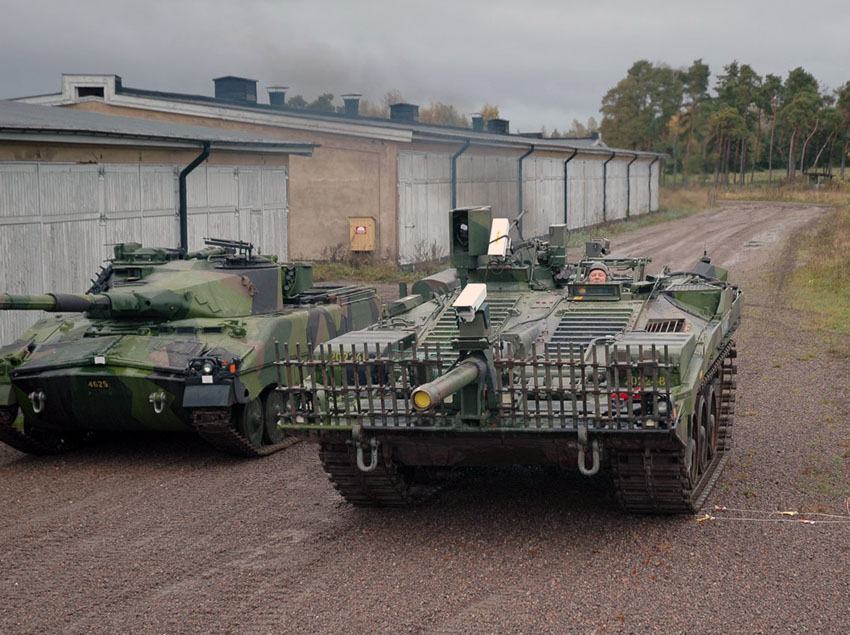
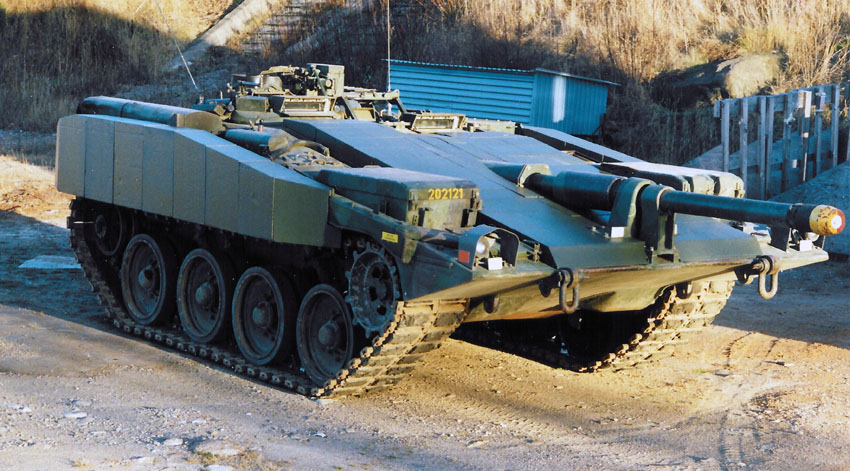
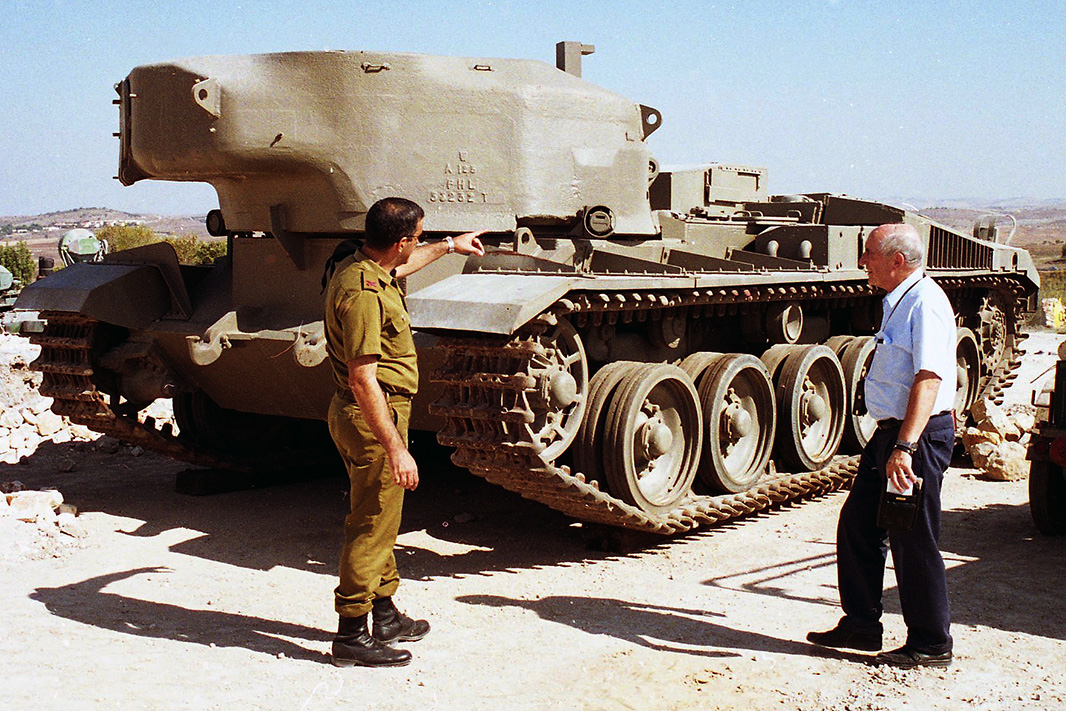
Autobounces, but caliber rule? For biggest tanks it is autopene. Looks nice.
make it 41 mm and 122 mm guns will have troubles.
Overmatch doesn’t remove the armor angle though, it’s still 40 mm at over 65 degrees even after the increased normalization, that’s not completely irrelevant.
But apparently when there is a 3x overmatch, the shell gets some ridiculous normalization, like 20 degrees. That negates most of the sloping, meaning the 40mm plate is only what, 56mm effective.
If your gun is 3x the caliber of an enemy tank’s armor plate thickness, you kinda expect it to be able to completely überf*ck through it, don’t you?
Hadn`t you bounced of from 13-90 with Jagdpanzer 100 ever?
Thats X2 overmatch, which comes with increased normalisation. X3 overmatch guarantees a pen, and does not care for angle. Seeing as there are a large number of 120+mm guns all over the place in WoT, the ribbed armor would like have to be considered.
Unless it actually has 20 or similar RPM on that gun, it will be absolutely useless compared to the Object 263. Why? Both high camo, both 1-shot by arty regularly, both high DPM, but the 263 has sturdy front armour, while the Strv 103 gets auto-penned by every single heavy tank in its tier. So, unless we magnify the strengths OBSCENELY the weaknesses are simply far too much for it to be useable.
It’s half the lenght of the 263 and faster. Soooo harder to get hit by arty. I’ve always considered it a Tier 10 E-25.
E-25: Speed, ROF(L), low alpha, CAMO
Strv 103: Speed (Oh really?), low alpha, CAMO, so it also needs ROF(L).
That’s why I was saying unless the ROF is obscene it’s screwed.
S2 prototype: Tier 9 TD – fast, good camo factor, relative good gun, no armor
Strv. 103a: Tier 10 TD – faster, same camo factor, same gun with faster rate of fire (like in Leo PTA and Leo 1 case), no armor
?
Pretty much, except unlike the leopard it will be able to bounce shots from atleast most mediums from the front
That’s what I think too, with the L7 as stock gun with the longer version the researchable one
Could be nice kickass TD, something alike E-25, but on tier X, and with whole 3 crewmembers they would exp really fast.
Or 4 crewmember (2 drivers) and make it go backwards as fast as forward. It would be historical too!
Only 3 crew, the radio man is the 2nd driver.
Could you elaborate on the cupola? What makes is so special and superior to even modern designs, and is this something that could be applied to WOT?
Well personally i dont have that much to go by but according to the sources i have the tank was compared with the Leo 2 and M1 Abrams when Sweden was looking for a new mbt in the 90s and according to people involved in those tests the s tank was superior when it came to observation. Other than that the tank was tested several times against tanks like the m60 and leo1 and was found to find targets faster than those ( althogh as it was turretless it took somewhat longer to engage those targets in the s tank)
Ah, thanks. I guess that means it should get good view range.
“Elevation/depression: +12/-10″
Why does this thing have such good elevation angles? On the picture it looks like there is hardly any space to move the gun at all.
Uhh you know that it moves the whole hull to aim the gun right?
Doesn’t that mean that the angle of the armor will go down if it points downwards or upwards?
Could be potentially a huge problem with the tank in WoT.
Yup, you change your armor efficiency by aiming up and down. It can be both an advantage and a drawback.
so, tactics like with the E-100, angle your armor and only point the gun at the enemy once you’re ready to fire
it doesnt move the gun at all, it elevates the suspension.
Which leads to some problems for the WoT devs on how to implement the gun movement. Likely they can end up giving it 0 traverse ( or very very little) then consider the suspension as the “hull” and the entire rest of the tank as the “turret”/”mantlet” to account for the elevation and side step the whole hydraulic suspension issue.
autobounce on the front… spaced armor on the sides… lighter version of t92..
Nice article! I really like the design.
BTW What kind of quirky SEO ist that?
Just found that on the end of this page: http://puu.sh/b1PBG/2f9c1c789a.jpg
It is written in German. Worlds like dating, singles and stuff poeple google the most, based on their localization.
After reload it disappeared. WTF? Here you can see the google chache version:
http://webcache.googleusercontent.com/search?q=cache:mXpbQt6jdZEJ:ftr.wot-news.com/&hl=en&gl=at&strip=1
First, the lower plate is not autobounce since normalization applies.
Second, the upper plate is only 200mm effective, so any heat/hesh will pen it.
Armor is not its stong part in wot standards.
HEAT and HESH wont be a problem for the upper front if the tank is given its historical “fence” applique armor
“First, the lower plate is not autobounce since normalization applies.”
Impact angles above 70° mean autobounce regardless of normalization, unless 3x overmatch applies.
S-tank won’t make WoT. The gun on it is fixed, it’s elevated/depressed my setting the suspension. Althought this may be workable in WoT, but the zero horizontal gun movement makes the tank hugely impractical for gameplay purposes.
They could set the whole tank hull to be the turret, resembling the rocking turrets of the French and US top mediums. It would have 0 horizontal angles but very tiny aim penalty from turning, maybe compensated by higher aim penalty on the move.
WG already have the mechanism that rock suspension back and forth when accelerating and stopping, it just needs to be tied to the virtual turret’s orientation. And of course something would be needed done about aiming in sniper mode. I’m sure a motivated programmer could do it in a day or two.
I think WG needs to have these special mechanics tanks to make the game more diverse.
For WoT it might need a frontal armor buff so not any 120+mm gun overmatches it.
Take an o-serie production with 50mm front and you need 15cm gun like E100 or bigger to auto-penetrate
Fixed gun could be sorted with super low aim time 1sec or something. Accuarity should be great also since the whole gun platform is really sturdy and gun is fixed.
The problem will be to implement gun elevation and depression since it’s operated by the suspention.
Any good ideas on that matter sp15?
i will cover the suspension in more detail in the next article which will be about the S-tanks implimentation in Wot
Video from strv.103 testing
https://www.youtube.com/watch?v=MiWCpIJ5dBw
What tank is next to the Strv 103 in the “Experimental Strv 103 with equipment for remote control” picture?
The ikv 91 tank destroyer (although its really more of a light tank than a TD)i will cover it in a couple of parts
Saw one in the Munster Tank Museum.
http://i.imgur.com/R5vkXft.jpg
Armour question.
There was another Strv. 103 article on FTR, by sp15 too – http://ftr.wot-news.com/2013/08/28/strv-103-the-s-tank/
“In this picture we have the armour angles of the Strv 103 and we can clearly see that the upper frontal armour is sloped at 78 degrees. This (if I calculated it correctly) means the effective upper frontal armour of 288mm – almost 5 times its nominal thickness! The lower frontal plate is sloped at 72 degrees, which means that if we assume that it has the 50mm thickness, it would have 161,8mm of effective armour.”
But in this article you have different thickness:
“Armour (front upper): 40mm at 78° (Autobounce)
Armour (front lower): 40mm at 72° (Autobounce)”
So… Older info is just incorrect or it was a later variant (however that scheme says “Strv 103A” – http://i.imgur.com/1lgxXGC.jpg )?
im going to trust swedish documents on the preperation for the production model from 1964 over some sheme i found on google. you can think of this article as a revision with more accurate info
Question is – is that old armour scheme wrong or just mislabeled and it is for the Strv. 103B/C/etc.?
no its not accurate when compared with swedish documents
Interesting facts in this vid, that if they remain historical in WOT the tank would be more than a challenge to do well in.
notice the elevation/depression speed (I know it has fine tuned aiming as well)
cant fire on the move
http://www.youtube.com/watch?v=fARGfVA7Mm8
I love how the Americans always want to belittle Europeans by labeling the S-tank as a tank destroyer
“The interest went as far as the US president John F. Kennedy asking about it and receiving a report on the US Army’s thoughts on the vehicle. The US report on the S-tank was for the most part accurate, the tank had been designed from the ground up for a type of defensive ambush warfare, that was more typical for tank destroyers and therefore it was considered as a tank destroyer in the USA.”
Only 20 shots pr minute? WT E100 Could do 30 if the clip was big enough… Fuck you WT E100
The problem with WoT implementation as it is now (excluding the suspension and horizontal aiming) is that only small capacity cassette autoloaders are represented. While a lot of gun stats are not historical for balance, it would be particularly unhistorical to use either of the current loading mechanisms. I would suggest a new mechanism which is identical to manual loading but cannot equip a rammer and is not influenced by loader skill; in exchange RoF is exceptional by default, e.g. 50% of historical (10 RPM), which would make gun performance roughly the same as a fully equipped Tortoise. I imagine the lack of turret and unreliable armour (and perhaps low health) would balance the gun.
Much like the Object 416 (stealthy, high power gun, mediocre armour, low health), except the the 416 gets a semi-turret instead of good depression.
One word, overmatch, every single 120mm gun will auto penetrate the front nomatter what angle its at.